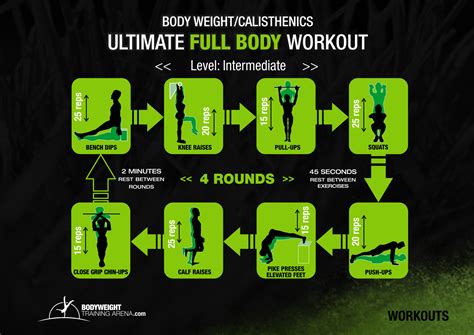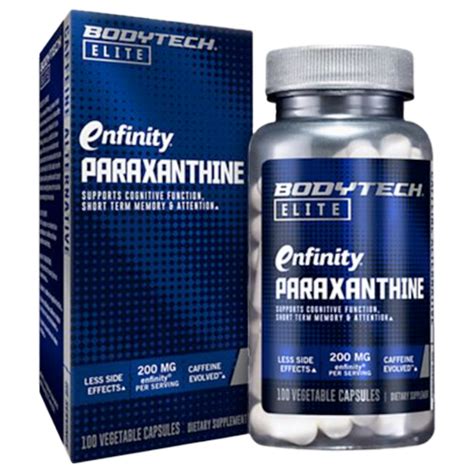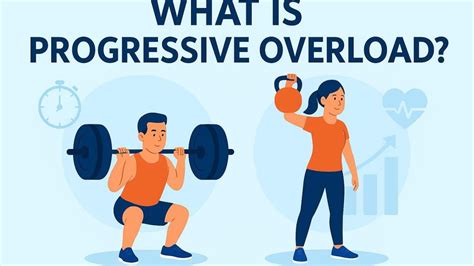Optimize workout volume & intensity for peak strength & rapid hypertrophy?

The Crucial Balance: Volume and Intensity
Achieving peak strength and rapid muscle hypertrophy isn’t simply about training harder; it’s about training smarter. The two most critical variables in any resistance training program are volume and intensity. Understanding how to manipulate these effectively is the cornerstone of making consistent progress and avoiding plateaus. But how do you find the sweet spot that maximizes both strength and size?

Defining Your Training Variables
Before optimizing, let’s clarify what we mean by volume and intensity:
- Volume: Generally calculated as (Sets x Reps x Load). It represents the total amount of work performed. Higher volume often means more sets and/or more reps.
- Intensity: Refers to the load lifted relative to your maximal capability (e.g., percentage of your one-repetition maximum, or 1RM) or perceived exertion (RPE – Rating of Perceived Exertion). Higher intensity means lifting heavier weights or pushing closer to failure.
These two variables often have an inverse relationship: as one goes up, the other typically must come down to maintain sustainability and avoid overtraining.
Programming for Peak Strength
To maximize strength, the primary focus shifts to high intensity and relatively lower volume. Your central nervous system (CNS) needs to adapt to handling maximal loads. This approach typically involves:
- Heavy Loads: Working with weights that are 80-95% of your 1RM.
- Lower Repetition Ranges: Often 1-6 reps per set.
- Fewer Sets: While still adequate, the total number of working sets might be lower than a hypertrophy-focused phase due to the strenuous nature of heavy lifts.
- Compound Movements: Prioritizing exercises like squats, deadlifts, bench presses, and overhead presses, as they allow for the greatest load and engage multiple muscle groups.
- Longer Rest Periods: 3-5 minutes between sets to ensure full recovery of ATP and the CNS.
The goal is to improve your maximal force production, which necessitates frequent exposure to heavy, challenging weights.

Accelerating Rapid Hypertrophy
For muscle growth (hypertrophy), the emphasis changes to creating sufficient mechanical tension, muscle damage, and metabolic stress, often achieved through higher volume at moderate intensities. Key elements include:
- Moderate Loads: Weights typically in the 60-80% of 1RM range.
- Higher Repetition Ranges: Generally 8-15 reps per set, though effective hypertrophy can occur across a wider spectrum.
- Greater Total Volume: More sets and reps overall to accumulate sufficient work.
- Varied Exercises: Incorporating both compound and isolation movements to target muscles from different angles and achieve comprehensive development.
- Shorter Rest Periods: 60-120 seconds between sets to maximize metabolic stress and create a significant ‘pump’.
- Progressive Overload: Consistently striving to increase reps, sets, or weight over time.
The aim is to accumulate sufficient time under tension and volume to signal muscle adaptation and growth.

Finding Your Optimal Interplay: Periodization and Cycling
Trying to maximize both strength and hypertrophy simultaneously with the same training parameters is often counterproductive. This is where periodization comes into play. Periodization involves strategically varying training variables (volume, intensity, exercise selection) over planned cycles to optimize adaptations and prevent overtraining.
A common approach is to cycle through phases:
- Strength Phase: Focus on high intensity, low volume for several weeks.
- Hypertrophy Phase: Transition to moderate intensity, higher volume for muscle growth.
- Power Phase: (Optional) Incorporating explosive movements.
- Deload Phase: Periodically reducing volume and intensity to allow for recovery and supercompensation.
This allows you to leverage the benefits of both approaches, using new muscle mass gained in hypertrophy phases to lift even heavier in subsequent strength phases.

Practical Application and Key Takeaways
To truly optimize your training:
- Track Everything: Keep a detailed log of your sets, reps, and weights. This is crucial for progressive overload and identifying what works.
- Listen to Your Body: Overtraining can derail progress. Pay attention to fatigue levels, joint pain, and recovery.
- Prioritize Recovery: Adequate sleep, nutrition, and stress management are as important as the workout itself.
- Be Patient and Consistent: Optimal results take time. Stick to your plan and make gradual adjustments.
- Seek Expert Guidance: If unsure, consider consulting with a qualified coach to tailor a program to your specific goals and physiology.
By understanding and strategically manipulating workout volume and intensity, you can unlock your full potential for both peak strength and rapid muscle hypertrophy, pushing past plateaus and achieving your fitness goals more efficiently.









